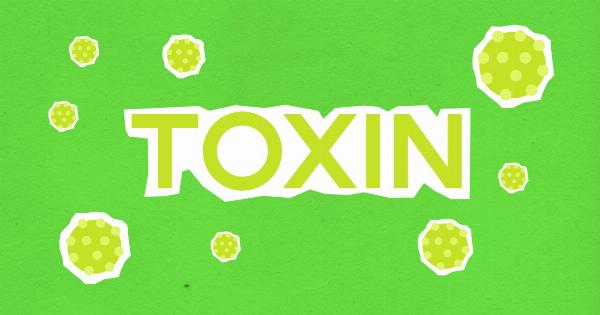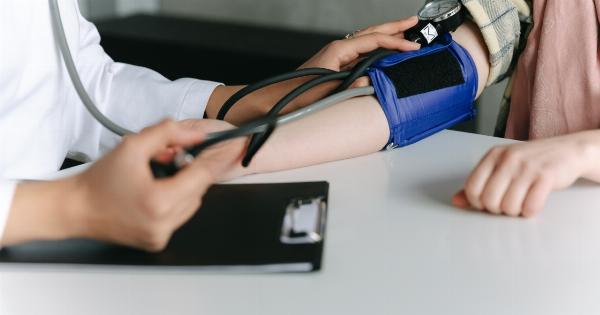Painkillers are medications commonly used to relieve pain and reduce inflammation. They are often seen as a quick and easy solution for various types of pain, such as headaches, arthritis, and menstrual cramps.
However, recent studies have revealed a surprising link between painkillers and high blood pressure. This article explores the connection, the potential risks, and offers alternative solutions for pain management.
Understanding Blood Pressure
Before delving into the relationship between painkillers and high blood pressure, it is essential to understand what blood pressure is and how it is measured.
Blood pressure refers to the force exerted by your circulating blood against the walls of your blood vessels. It consists of two numbers, systolic and diastolic, which represent the pressure on arteries when the heart contracts and relaxes, respectively.
The Role of Painkillers
Painkillers, also known as analgesics, work by targeting specific pathways in the body to suppress pain signals and reduce inflammation.
There are several types of painkillers available, including nonsteroidal anti-inflammatory drugs (NSAIDs), acetaminophen, and opioids. While they can be effective in alleviating pain, these medications also come with potential side effects.
The Surprising Link
Research has shown that prolonged and excessive use of painkillers, especially NSAIDs, can lead to an increased risk of developing high blood pressure.
NSAIDs, including ibuprofen and naproxen, inhibit the production of prostaglandins, hormones responsible for maintaining blood flow and regulating blood pressure. By blocking these prostaglandins, NSAIDs can disrupt the delicate balance and cause blood pressure to rise.
Understanding the Mechanism
NSAIDs inhibit two enzymes, cyclooxygenase-1 (COX-1) and cyclooxygenase-2 (COX-2), which are involved in prostaglandin synthesis.
COX-1 plays a crucial role in maintaining the normal function of various organs, including the kidneys, while COX-2 is primarily associated with pain and inflammation. By blocking both COX-1 and COX-2, NSAIDs interfere with the body’s natural regulation of blood pressure, potentially leading to hypertension.
Evidence from Studies
Several studies have investigated the link between painkillers and high blood pressure.
A study published in the Journal of Hypertension found that individuals who used NSAIDs regularly had a significantly higher risk of developing hypertension compared to non-users. Another study in the American Journal of Epidemiology revealed that prolonged use of NSAIDs was associated with a greater incidence of high blood pressure in women.
Risks and Considerations
While the link between painkillers and high blood pressure is concerning, it is essential to consider the individual factors that may contribute to this association.
Factors such as age, pre-existing medical conditions, and dosage can influence the risk of developing hypertension as a result of painkiller usage. It is crucial to consult with a healthcare professional to evaluate the potential risks and determine the most appropriate pain management approach.
Alternative Pain Management
Fortunately, there are alternative strategies to manage pain effectively without resorting to long-term painkiller use. These include:.
- Physical therapy: Specific exercises and stretches can help alleviate pain and improve mobility.
- Heat and cold therapy: Applying heat or cold to the affected area can provide relief for a variety of painful conditions.
- Acupuncture: This ancient practice involves the insertion of thin needles into specific points on the body to reduce pain.
- Mind-body techniques: Practices like meditation, yoga, and deep breathing exercises can help manage pain and reduce stress.
Lifestyle Modifications
Lifestyle changes can also contribute to pain management and overall well-being. These include:.
- Regular exercise: Engaging in physical activity helps release endorphins, the body’s natural painkillers.
- Healthy diet: Adopting a diet rich in fruits, vegetables, whole grains, and lean proteins can reduce inflammation and promote overall health.
- Stress management: Chronic stress can worsen pain perception. Utilizing stress management techniques can help reduce pain intensity.
- Sleep hygiene: Quality sleep is essential for pain management and overall health. Establishing a consistent sleep routine and creating a conducive sleep environment can improve sleep quality.
Conclusion
The surprising link between painkillers and high blood pressure highlights the importance of understanding the potential risks associated with these common medications.
While painkillers can provide temporary relief, their long-term and excessive use may lead to hypertension. Exploring alternative pain management strategies and adopting healthy lifestyle modifications can help reduce the reliance on painkillers and promote overall well-being.





























